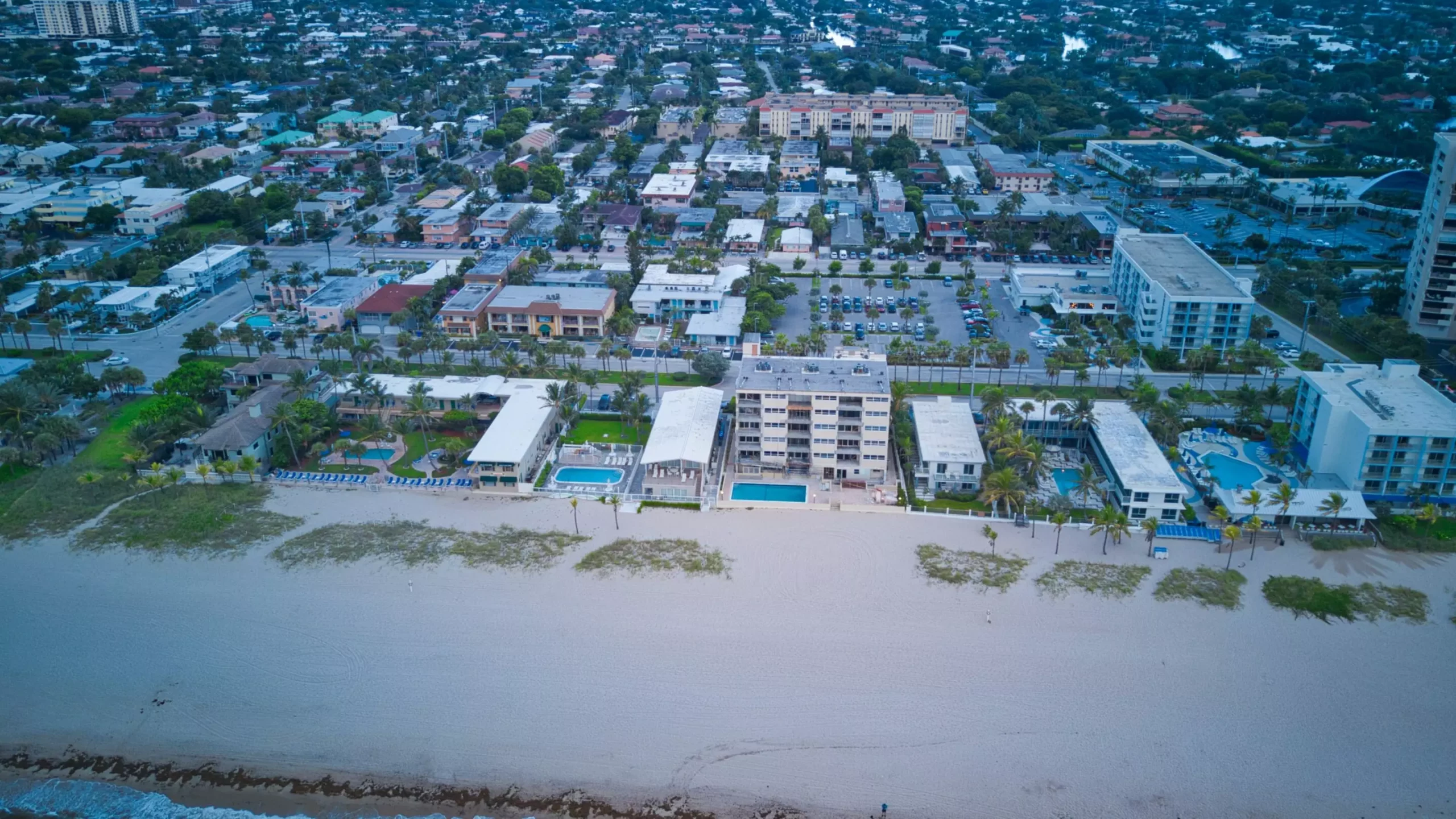In our current era, the conversation surrounding climate change is dominated by alarming statistics and dire predictions. The catastrophic effects of climate change manifest in events such as devastating wildfires, unprecedented hurricanes, and extreme heat waves. These events fuel the public’s anxiety about the fate of our planet, notably regarding rising sea levels from the melting polar ice sheets. A recent study led by researchers at Dartmouth College provides a counter-narrative, challenging some of the more extreme predictions surrounding sea level rise due to the melting Antarctic ice. Yet, while the study offers a glimmer of hope regarding specific extreme forecasts, it reiterates the urgent need to address the ongoing crisis of ice sheet loss.
The study highlights an intriguing contradiction within the Intergovernmental Panel on Climate Change’s (IPCC) sixth assessment report, which suggested that the collapse of Antarctic ice sheets could lead to a historical rise in global sea levels—potentially upwards of 50 feet by 2100. Despite being labeled “low likelihood,” this prediction captures the imagination of both the public and policymakers, leading to fear-driven responses and planning strategies. The research presented by Dartmouth proposes that the catastrophic mechanisms suggested in past reports, primarily the Marine Ice Cliff Instability (MICI), might not be as imminent as once believed.
MICI posits that if ice shelves were to collapse rapidly, the ensuing ice cliffs could become unstable and result in significant retreat leading to a dramatic increase in sea levels. However, the Dartmouth study utilizes high-resolution models to analyze the behavior of one of the most vulnerable glaciers, Thwaites, known as the “Doomsday Glacier.” Contrary to the IPCC’s models, the study suggests that such rapid and extreme scenarios may not materialize in the near future.
The Thwaites Glacier serves as a focal point for understanding the stability of Antarctic ice sheets due to its precarious position and accelerating melt rates. The current research critiques the assumption that ice cliffs will quickly collapse when deprived of their ice shelves. Instead, simulations revealed that as Thwaites retreats, it actually expands away from the interior, leading to a reduced height of ice cliffs and enhanced stability against collapse.
This finding is crucial. If the rate of ice retreat is less dramatic than previously projected, the worst-case scenarios previously outlined may be less likely to occur within this century. Lead researcher Mathieu Morlighem emphasizes the importance of utilizing accurate models that reflect the complex dynamics at play rather than relying on longer-range projections without the necessary scientific backing.
One of the overarching takeaways of the study is that accurate climate projections hold significant consequences for urban planning and disaster response strategies. Policymakers often base their decisions on high-end forecasts, some of which may overestimate the immediacy and severity of climate threats. By relying on flawed models, crucial investments in infrastructure and resource allocation could be misguided. The pressure to act quickly on high-risk estimates may lead to hasty decisions made without a comprehensive understanding of what is at stake.
Policymakers need to balance caution with realism. While it’s essential to recognize that sea levels will, indeed, continue to rise, the urgency must be coupled with a well-informed understanding of the potential range of outcomes. The ongoing contributions of research, like that from Dartmouth, are vital to shaping an effective response that mitigates societal disruption.
This study contributes an important perspective in the realm of climate science by casting doubt on the extreme projections while reinforcing the necessity of ongoing research. The stability of the Antarctic ice sheets is influenced by various factors that remain under investigation, including established mechanisms like the Marine Ice Sheet Instability (MISI). While the study finds no evidence of MICI impacting the Thwaites Glacier in the immediate future, it does underline that other forms of ice instability remain crucial to understanding climate dynamics.
The convergence of climate science and policy presents an intricate challenge. Researchers must strive to offer increasingly clearer, more nuanced projections to guide policymakers as they navigate the complexity of climate action. The ongoing dialogue and ongoing inquiry into Antarctic ice dynamics remain essential as the world grapples with the multifaceted implications of climate change. Only through diligent research can we forge a sustainable path forward that prioritizes both accuracy and adaptability in the face of an uncertain future.

